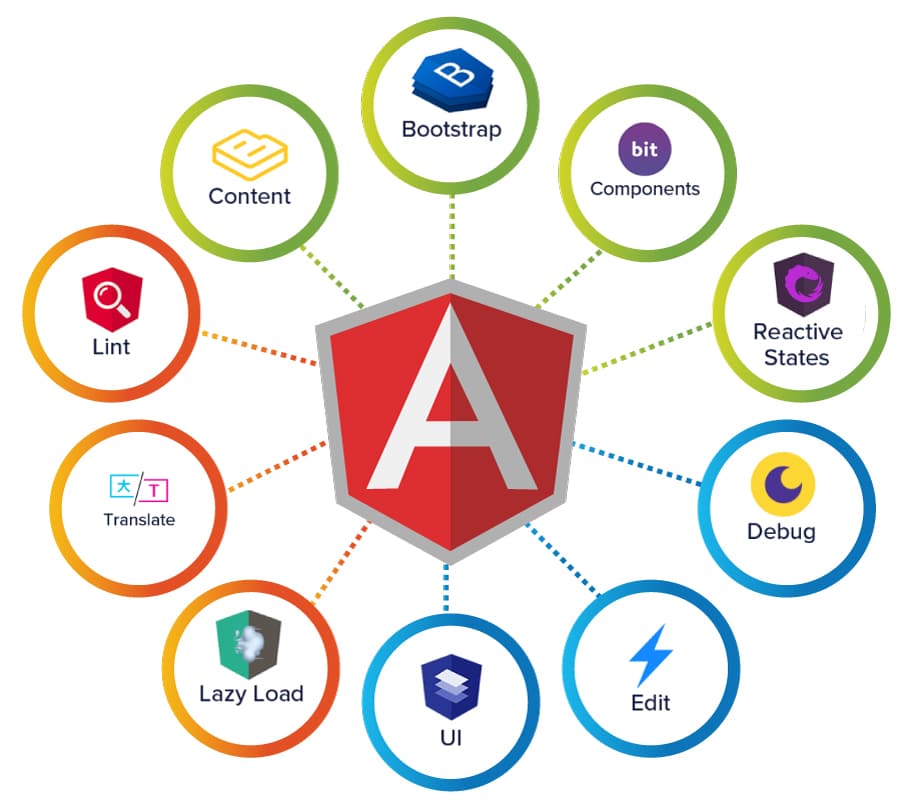What is Angular?
Angular is a Google-created web-application design framework that was designed to introduce interactivity on previously static pages. The original version of this platform was launched in 2010 and has attracted several new versions – including a complete rewrite into what is now the Angular of today.
Angular uses the Typescript language which is a Microsoft-developed typed language that is a superset of JavaScript. Typescript has a steeper learning curve and takes time to set up. However, it does offer an easier debugging process. Angular components are organized into NgModules.
Benefits of Angular
Angular has several core benefits that help FusionHit engineers to build amazing sites for our clients, from single-developer projects to enterprise-level applications.
Some of our favorite benefits include:
- Supports two-way data binding.
- Quick error testing processes.
- Long-term stability of support – as a Google-backed platform, Angular has the support of Google’s Long Term Support (LTS) guarantee. Consequently, a support community has grown up of nearly two million developers, library authors and content creators.
- Cross-platform capabilities – Angular-based PWAs can run on a variety of platforms.
The Angular Ecosystem

The FusionHit development team makes full use of the Angular ecosystem which consists of many tools; from the Angular Bootstrap grid system to error-checking using TSLint and the component-focused development toolchain Bit, these tools help to shorten development times and achieve efficient operation of your application. For example, when it is time to startup, lazy loading will decrease load times by loading NgModules as they are needed.
Best Features of Angular

Angular has several great features including:
TYPESCRIPT
A major part of the ecosystem is Typescript, a language built on JavaScript. Probably the most useful asset to this language is that it flags up coding errors as our developers edit, rather than at runtime. This leads to fewer errors or bugs and therefore a shorter development time.
ANGULAR CLI
Angular’s command-line interface (CLI) tool cleverly automates time-consuming tasks and is used for setup and configurations, testing and installation of third-party libraries. From inside a command shell, the CLI is used to develop, scaffold and maintain Angular apps.
MVC ARCHITECTURE
The Model, View and Controller (MVC) form of architecture allows for separate levels when teams of developers work together. This allows the scaling of a project to be achieved easily.
FusionHit’s Outsourced Angular Services
FusionHit’s Angular web development services offer the perfect solution for bringing your dream web application to life. Outsourced, specialist IT teams can bring a level of knowledge and experience that is impossible to recreate within your in-house IT team.
FusionHit can deliver complex projects more quickly than in-house IT departments, which are often over-stretched with a wide variety of IT projects.